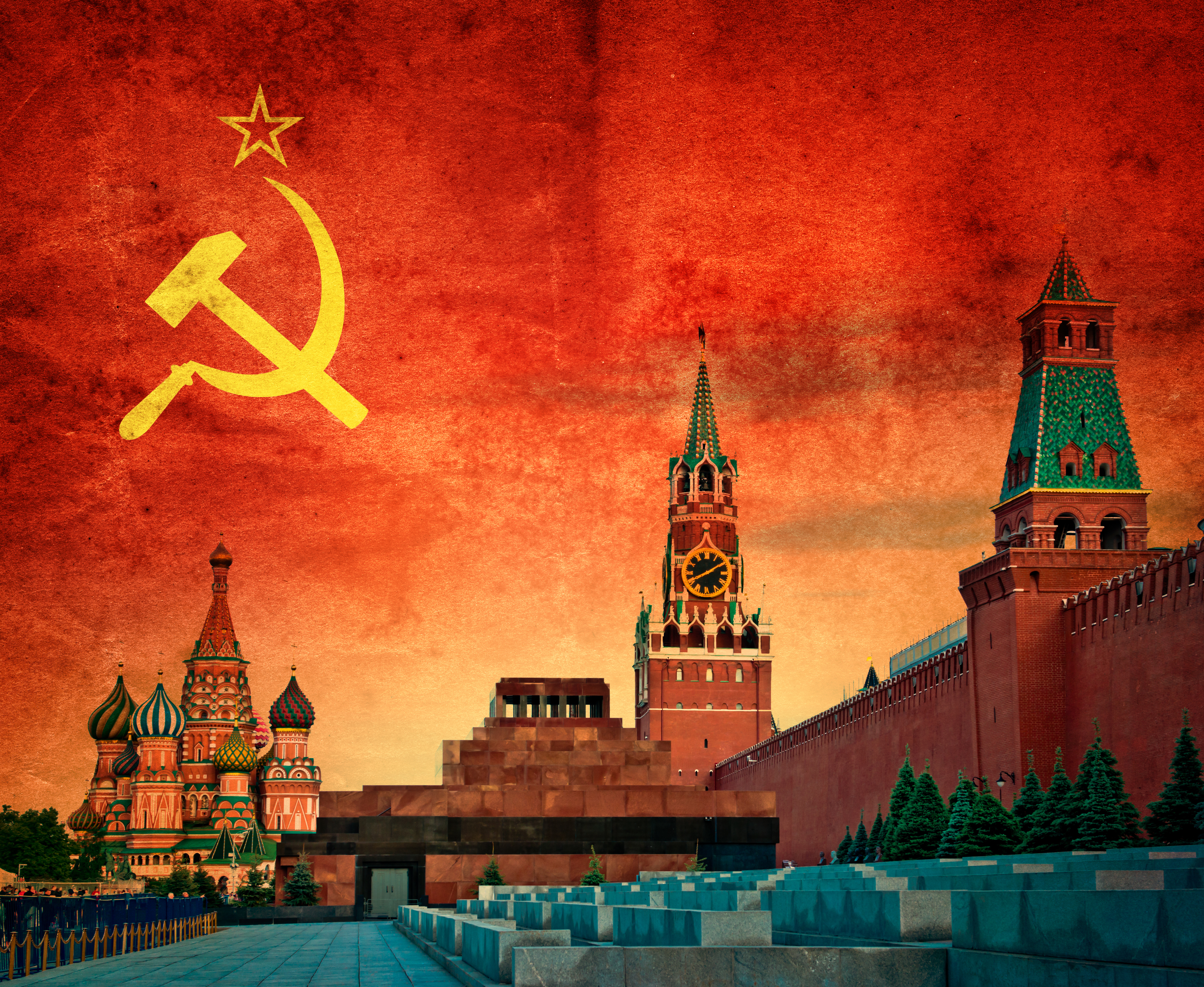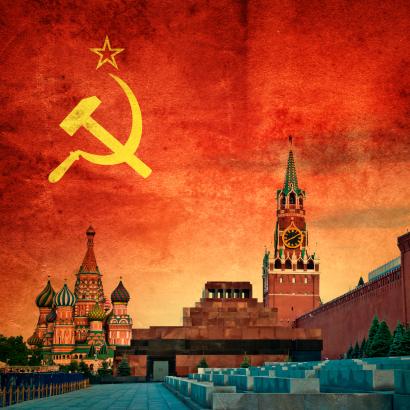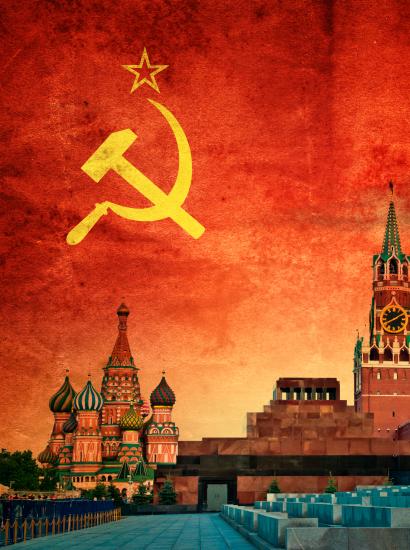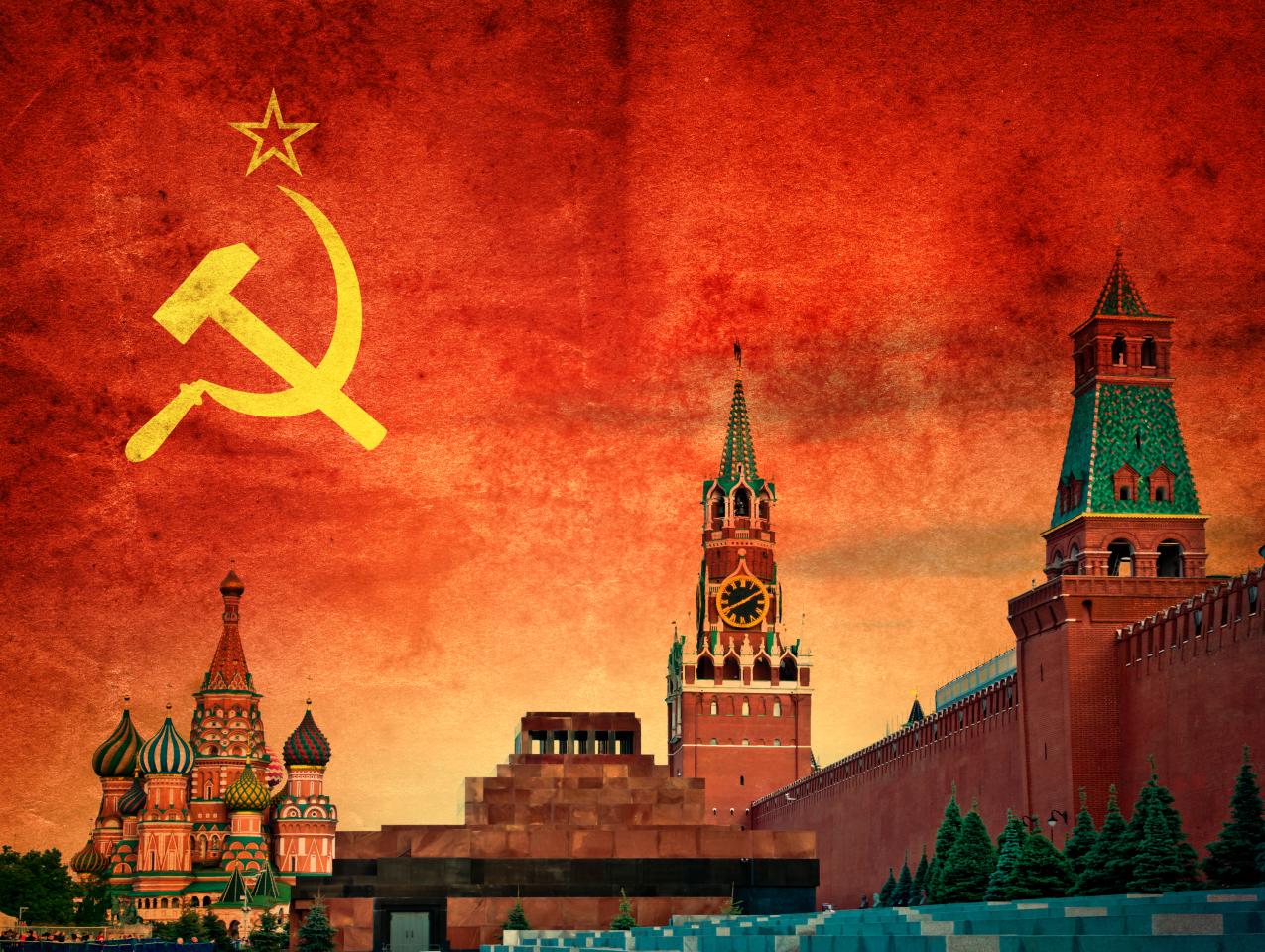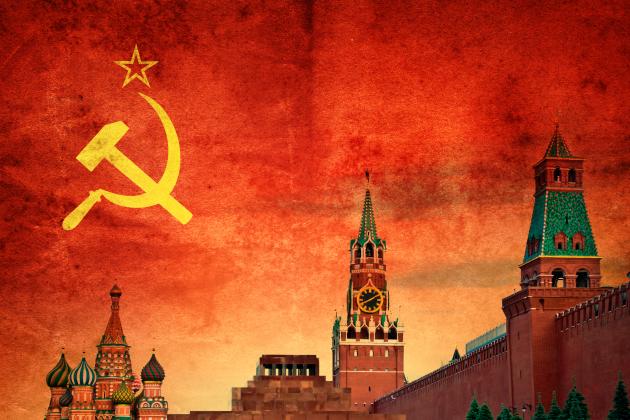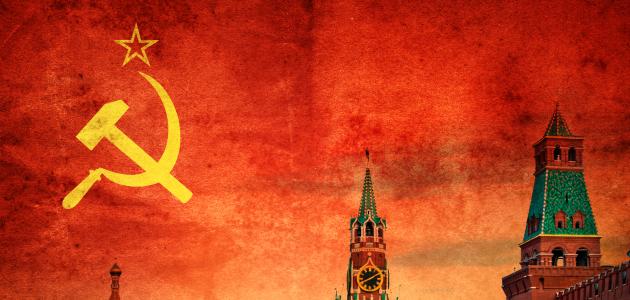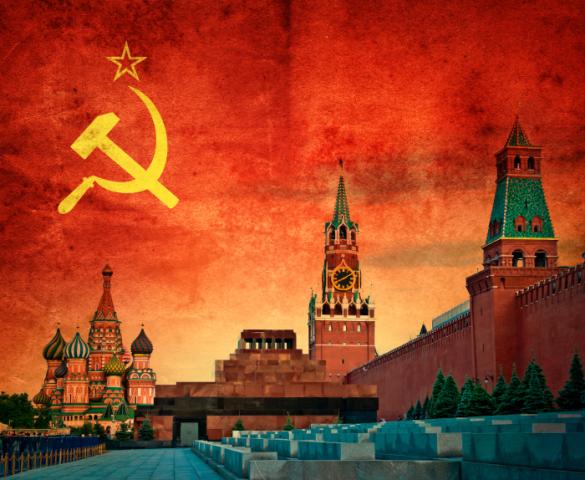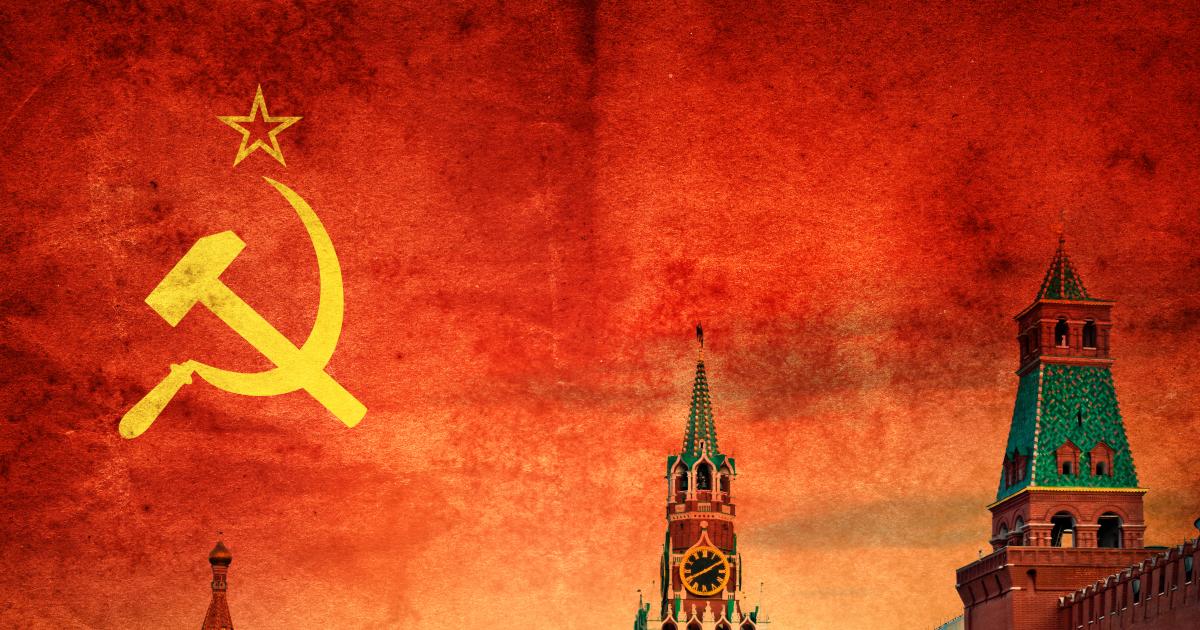This interview with Charles G. Palm, deputy director (emeritus) of the Hoover Institution, takes a close look at the significant historical material gleaned from the Soviet archives. Read the first part of the interview here. Palm’s new book, Documenting Communism: The Hoover Project to Microfilm and Publish the Soviet Archives, tells the full story.
Jonathan Movroydis: You had to be somewhat selective about the Soviet records to be archived. How did you choose the documents to be microfilmed?
Charles G. Palm: The Soviet Union was a bifurcated system. On one axis, you had the party, which set policy, and on the other, you had the state, which executed policy under the oversight of the party. So, to get an understanding of the Soviet Union, we had to microfilm both party and state archives. We also set certain priorities at the beginning. The first was to film all of the finding aids of all the records at the three major repositories—not only the finding aids of the records that we were going to microfilm, but the finding aids of records that we chose not to film. That way, we’d have an understanding of what constituted the Soviet archives in case the project ended prematurely. The second priority was to film entire files, not to make selections document by document. Organizations are best understood by looking at all the documents in the file, not just individual ones, because the meaning of individual documents can become clear only in relation to the other documents in the same file. Another reason we filmed entire files was that we didn’t want critics to accuse us of selectively filming document by document, according to our interpretation of Russian history.
The third priority was to focus on what we called the mechanisms of power: understanding the Soviet system as a system. What were its systematic failures? Why did the Soviet Union collapse? We were less interested in sensational revelations of crimes. Many people did seek sensational revelations. Now, we didn’t turn those things down, but our main object was the system: how did it work, day to day? Going in, I never thought that the Yeltsin government, even though they were critics of the Communists, would open up state secrets. What government would?
They would open up the housekeeping records of Soviet communism, but they weren’t going to open up state secrets. So, I focused; I didn’t waste a lot of time trying to get the state secrets. I went for what they would film, and it turned out it was materials that we wanted, and which I thought would show how the system worked.
What did we get? Well, on the party side, we filmed the records of all but three of the congresses. The party congresses met periodically and brought to Moscow the representatives of the various local parties from all over the Soviet Union, about two thousand people. The congresses ratified policy.
Now, from Stalin on they didn’t set policy. That was set by Stalin and the Politburo, which was about a dozen key people. But those policies were all ratified by the congresses. Their records included key documents relating to those policies. These records showed the policies, the changes in policy, and the supporting rationale. The second group of material we filmed were the records of the Central Committee. The Central Committee was a smaller group of the people, about a hundred or so, who approved policy when the congress was not in session. The Central Committee also appointed and managed the secretariat, the administrative structure of the party. There were departments for every aspect of Soviet society—budget, agriculture, industry, you name it. The records of key secretariat departments also showed how the system operated day to day. The third part of the party that we filmed were the records of the Party Control Commission, which was responsible for managing party membership. It enforced discipline of party members. It was also a key instrument of the purges in the 1930s. So, we got an understanding of how the party operated internally.
On the state side, one group of materials we filmed were the records of the Ministry of Internal Affairs, the NKVD, at the beginning of the Soviet Union. We wanted to see how communism was imposed on the daily life of the Russian people, and the Ministry of Internal Affairs was the mechanism by which this was done. This gave us insight into how that happened in the first two decades of Soviet communism.
The other key group of materials we filmed were the records of the Gulag, which, as I mentioned, represented the quintessential expression of Soviet communism. The word Gulag is the acronym of the department within the secret police that managed the labor camps. These camps existed from the very beginning, in 1918, all the way through the early 1960s.
Eighteen million people, out of a population of a hundred million adults, in those fifty or so years, passed through the Gulag, and millions perished. It was a pervasive part of Soviet life, and seeing how it was managed would provide insights into how Soviet communism itself worked. We got the full range of documentation: secret police records, policy memoranda and minutes of meetings, laws, decrees, judicial rulings, regulations on camp administration and operations, lists of prisoners, budgets, reports of the vast industrial enterprises operated by the Gulag administration, data of hunger strikes and mass rebellions, and documents on camp culture, education and health. We got records documenting every aspect of the Gulag: three million pages.
There was one more body of materials we filmed. It was offered to us by Pikhoia. This was the so-called Fond 89. The word fond refers to a collection of related records. These were the records of the Russian constitutional court case brought by the surviving elements of the old Soviet Communist Party against the Yeltsin government for its headquarters building and its archives. The Yeltsin lawyers were allowed access to the most secret files, some of the state secrets we otherwise were not given access to. The reason they were allowed was that they wanted to discredit this Communist Party that was challenging them in court.
Fond 89 consists of about twenty thousand pages of some of the most interesting revelations of Soviet crimes, including documents showing Stalin’s approval of executions of thousands of people, such as the execution of Polish officers in the Katyn forest during World War II. It includes records relating to the Hungarian uprising of ’56, the “Prague Spring” uprising of ’68, and so on.
That’s only a brief summary of what we obtained. It will keep scholars busy for many, many years.
Movroydis: How have scholars used this collection and what do you think is its legacy at the Hoover Institution?
Palm: Hundreds of scholars have come here and worked on many different subjects. As I expected, the collection supports research into the nature of the communist system. The publications include several by Paul Gregory, a Hoover research fellow. Paul came to Hoover especially to work on this collection, and he has organized teams of young scholars to go through it and examine the Soviet system. Several books have come from that effort. Other interesting work has been done by an emeritus professor at the University of Warwick, Mark Harrison, who has published research into the Soviet police state. His most recent book is called Secret Leviathan, and it shows how secrecy within the Soviet organization was detrimental to how it functioned. That was another study of the system as a system. There have been many others, including that of Anne Applebaum, who used Hoover materials for her Pulitzer Prize–winning book on the Gulag. In addition to the microfilms of the Gulag archives, the State Archive of the Russian Federation and Hoover published a seven-volume work titled The History of Stalin’s Gulag, with forewords by Aleksandr Solzhenitsyn and Hoover fellow Robert Conquest. Solzhenitsyn, author of The Gulag Archipelago, had previously immersed himself in the Hoover archives for several days in 1975, remarking, “I look forward to utilizing your special collections and library materials for the rest of my life.”
One scholar, no longer with us, who I think would be especially pleased by what we did was Merle Fainsod, author of a classic 1953 work called How Russia Is Ruled (revised, 1965), precisely the kind of work that I was interested in finding documentation for. He had access to emigre and published materials, but he lacked access to the records themselves. Scholars have been arguing about Fainsod’s analysis of the Soviet system from the time he published his book until today. Now we have the records that can verify, or not, the theories he set forth.
Movroydis: Do you feel personal satisfaction from leading this project?
Palm: When I first saw the long rows of steel shelving holding the Soviet archives back in 1991, I realized that we were in a position to fulfill the mission set forth by Herbert Hoover. One of the fundamental aspects of that mission was to document the ideologies, including communism, that threatened and menaced democratic values. In the project we undertook in Russia during the 1990s, I think we were able to accomplish the mission that he had set for us.







